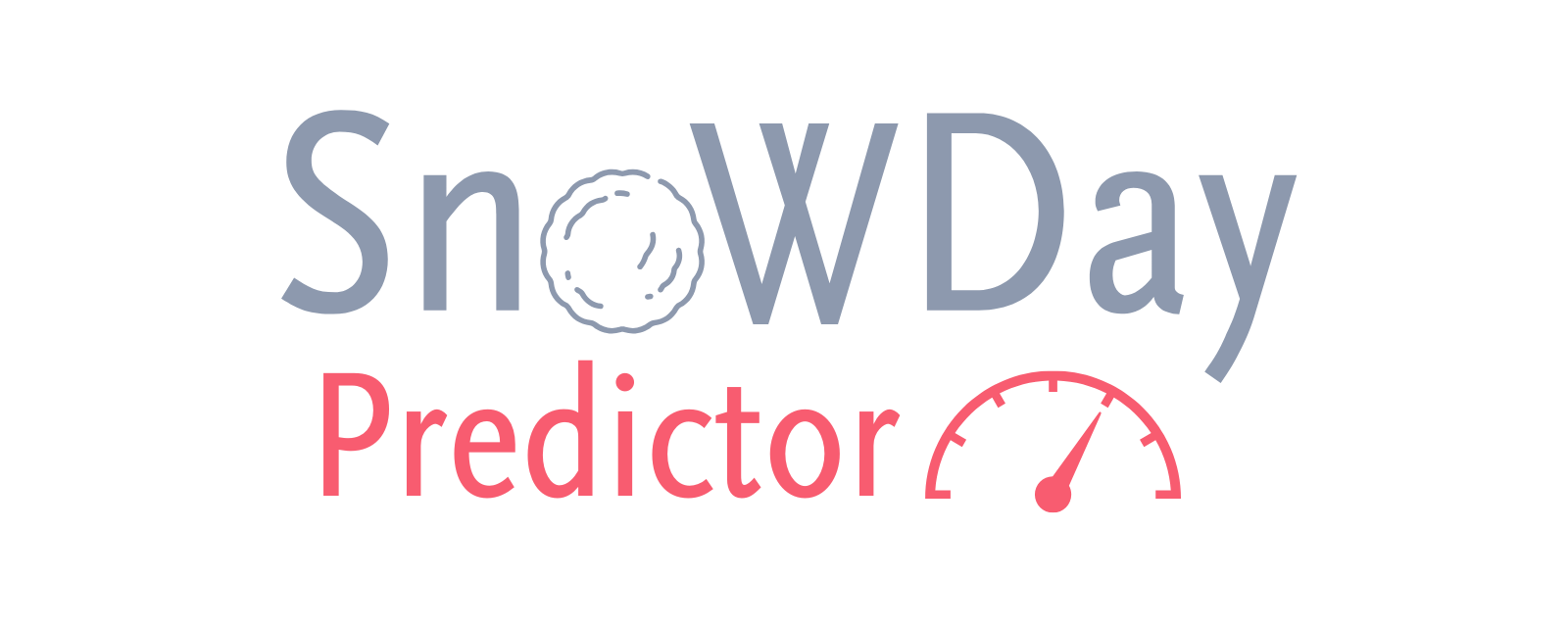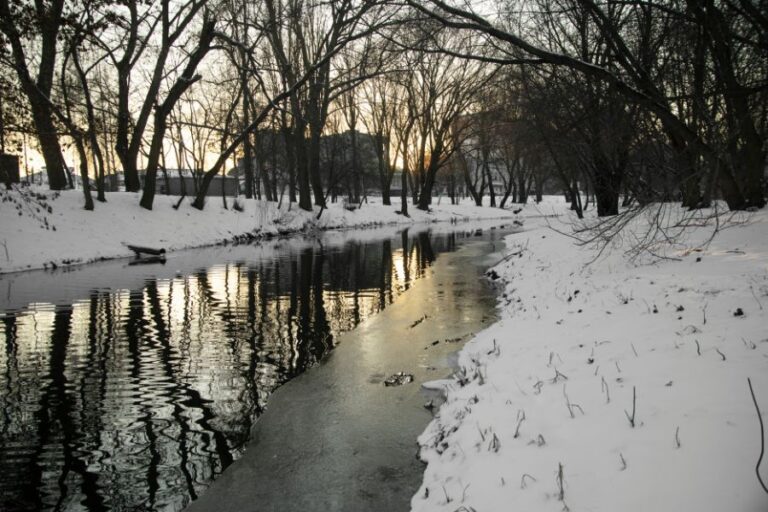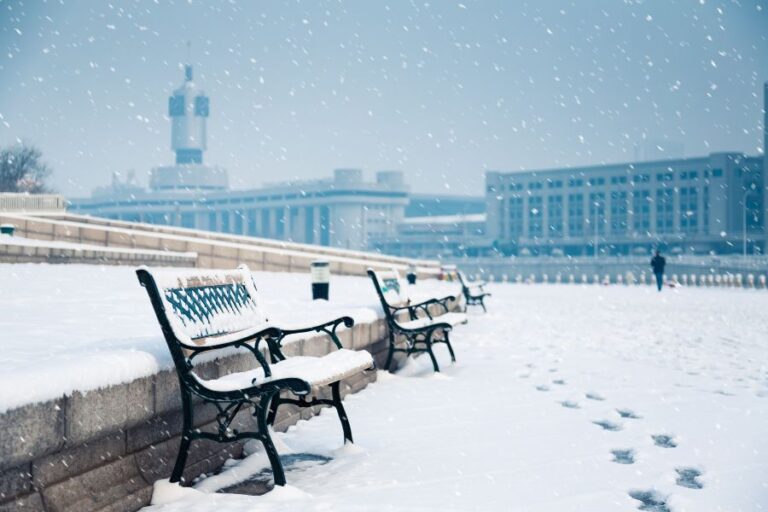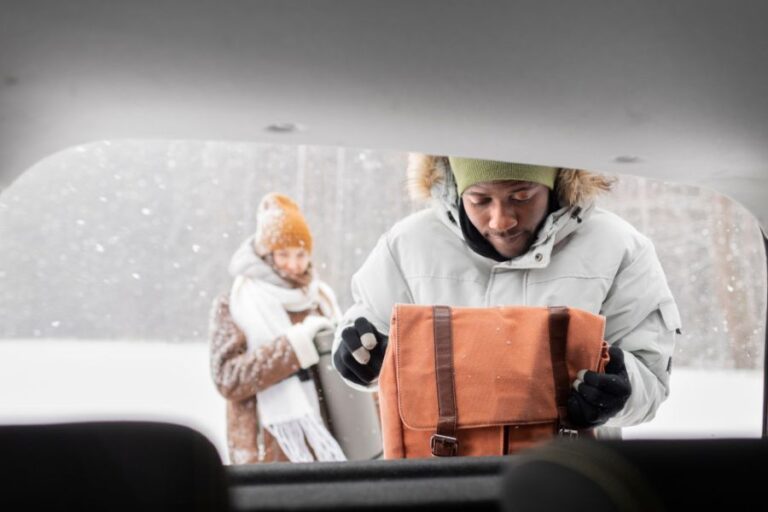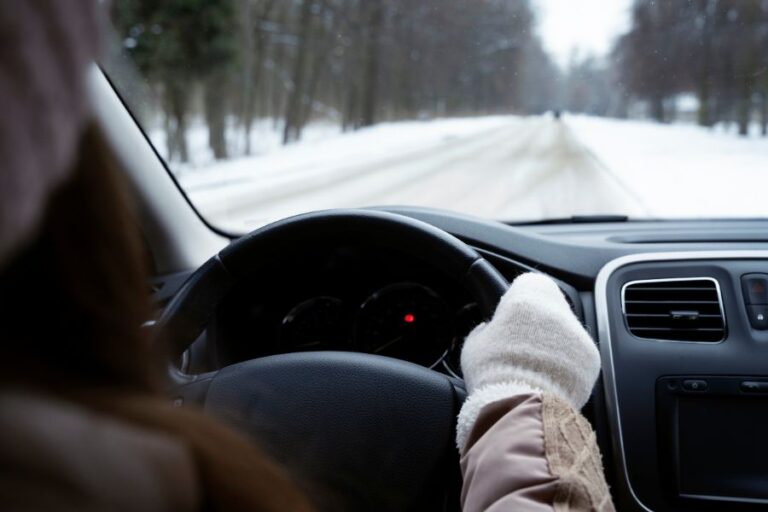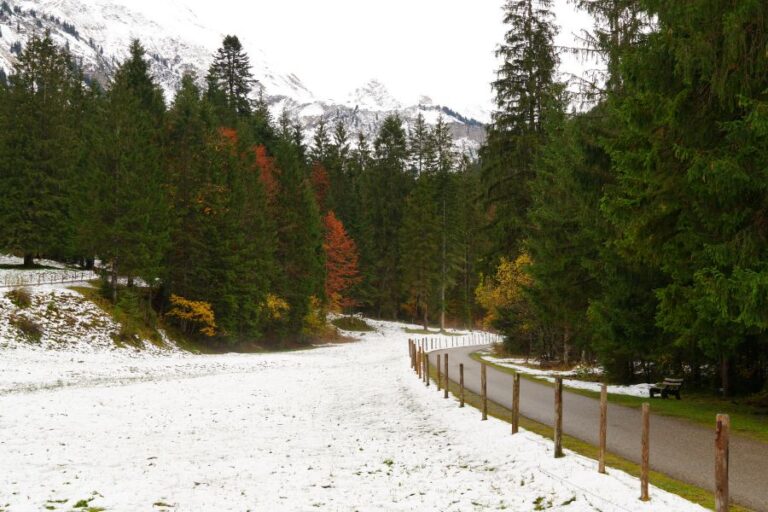Canadian Home Safety Checklist for Heavy Snowfall Days
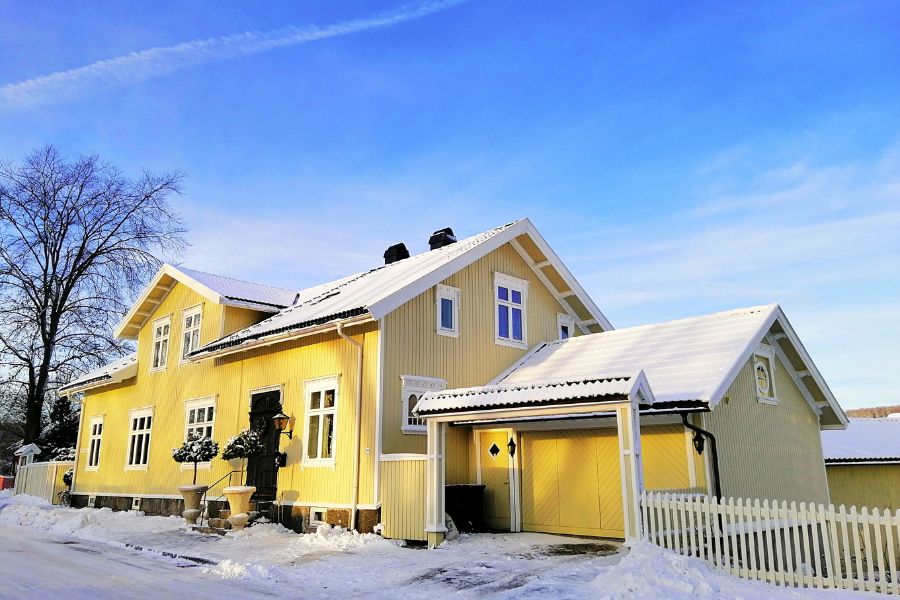
Canadian winters bring some of the harshest weather in the world. A heavy snowfall day can shut down schools, delay transportation, and, most importantly, put families at risk inside their own homes. As a Certified Weather Forecaster with over 8 years of experience tracking Canadian snowstorms, I’ve seen how a lack of preparation can quickly turn a cozy snow day into an emergency.
This safety checklist is designed to help Canadian households prepare, protect, and stay resilient when the snow piles up.
Why Home Safety Preparation Matters
When a blizzard hits, it’s not just about shoveling the driveway. Heavy snowfall can lead to:
- Power outages that last for hours or even days.
- Roof strain from snow buildup.
- Blocked vents and chimneys that increase the risk of carbon monoxide poisoning.
- Limited access to emergency services if roads are closed.
For example, during the February 2024 Nova Scotia snowstorm, over 50,000 homes lost power overnight. Families with generators, insulated homes, and stocked emergency kits fared far better than those without.
1. Heating & Backup Power
A reliable heating plan is essential during winter storms.
- Keep your furnace and chimney inspected before the season.
- Have a backup heat source such as a wood stove, fireplace, or propane heater.
- Stock extra blankets, thermal sleeping bags, and layered clothing.
- Invest in a generator or portable power bank for critical devices.
Forecaster’s Note: Extreme cold warnings often accompany heavy snowfall. In my experience, families with backup heat sources avoid the biggest risks during outages.
2. Roof & Structural Safety
Heavy snow accumulation can damage roofs and gutters.
- Clear snow regularly with a roof rake (especially for flat or low-pitch roofs).
- Check for ice dams around eaves, which can lead to leaks.
- Ensure attic insulation is adequate to prevent heat loss and snow melt.
- Secure outdoor sheds, porches, and decks against collapse.
Case Study: After the January 2023 Ontario blizzard, I tracked multiple roof collapses in rural areas where barns and sheds weren’t cleared in time. Prevention is always easier than repair.
3. Prevent Carbon Monoxide Risks
Snow buildup can block critical vents.
- Clear furnace, dryer, and exhaust vents after each heavy snowfall.
- Install carbon monoxide detectors on every level of the home.
- Never use barbecues, generators, or outdoor heaters indoors.
Personal Observation: During the 2022 Quebec winter storm, several CO incidents were reported due to blocked vents. It’s a silent but preventable danger.
4. Emergency Food & Water Supplies
Heavy snowfall can make roads impassable for days. Keep a three-day reserve:
- Non-perishable food: canned goods, instant meals, energy bars.
- Water: at least 2 litres per person per day.
- Manual can opener and backup cooking method (camping stove or propane burner).
5. Lighting & Communication
Power outages are common in blizzards.
- Stock flashlights, LED lanterns, and spare batteries.
- Keep candles as a last resort (with caution).
- Charge phones and tablets in advance of a storm.
- Have a battery-powered weather radio to receive Environment Canada alerts.
Forecasting Insight: I recommend families sign up for local emergency alerts in addition to national forecasts. Warnings often change rapidly.
6. Plumbing & Water Systems
Cold weather and snow days can cause frozen pipes.
- Insulate exposed pipes in basements and crawl spaces.
- Let faucets drip slightly during extreme cold to prevent freezing.
- Know how to shut off your main water supply in case of a burst pipe.
7. Clear Access & Safety Outdoors
Don’t forget the areas around your home.
- Keep a sturdy snow shovel and supply of ice melt or sand.
- Clear pathways regularly to prevent dangerous ice buildup.
- Mark fire hydrants or pathways for emergency responders.
- Keep driveways clear enough for a vehicle to exit in case of medical emergencies.
8. Family & Child Preparedness
Safety isn’t just about equipment—it’s about routines.
- Teach children how to dress in layers and avoid frostbite.
- Create a “snow day plan” that includes meals, activities, and safety rules.
- Use tools like a Snow Day Predictor to anticipate closures, giving parents time to adjust schedules and keep kids safe at home.
Transparency & Forecast Limits
As a forecaster, I emphasize that no preparation eliminates every risk. Storm tracks can shift quickly, and impacts vary by region. Being transparent builds trust—and trust is critical when it comes to safety.
Conclusion
Heavy snowfall days are a part of Canadian life, but preparation makes them far less stressful. With a clear home safety checklist—from backup heating to CO prevention and outdoor maintenance—families can weather the storm confidently.
As someone who has forecasted blizzards across Canada for nearly a decade, my message is simple: a prepared home is a safe home.
